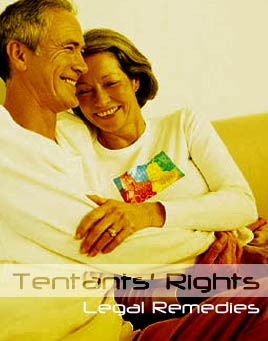More and more, people are voicing concerns that the
tobacco smoke produced by neighbors is seeping into their own homes,
often causing annoyance, discomfort, and sometimes, illness. These
concerns are best resolved amicably, through discussion and
reconciliation between neighbors and building managers. However, when
this is not possible, legal action may be warranted.
Such legal actions have been brought across the United
States, sometimes leading to out-of-court settlements, other times to
verdicts in favor of one of the parties.
The following are possible legal options available to
you if you are exposed to secondhand smoke against your will:
 |
Common
Law
Theories. These are ways non-smoking tenants can bring legal
action against a landlord or against smoking tenants under common law.
These theories include: breach of covenant of quiet enjoyment;
negligence; nuisance; breach of warranty of habitability; battery;
intentional infliction of emotional distress; trespass; constructive
eviction.
|
 |
Americans with
Disabilities Act and Fair Housing Act. Non-smoking
tenants who are afflicted with breathing disorders may use the
Americans with Disabilities Act and/or the Fair Housing Act to bring
legal action against landlords for not making reasonable accommodations
to protect these tenants from secondhand smoke in common areas or in
their apartments.
|
 |
Other
Possible Legal Action: Violation of State and Local Building
Codes; Violation of State Sanitary Codes. |
Download an analysis with more
detailed information on legal options of tenants and potential
liabilities of landlords.
For additional information see the Apartments and Condominiums section of the
Smoke-Free Environments Law Project site.








